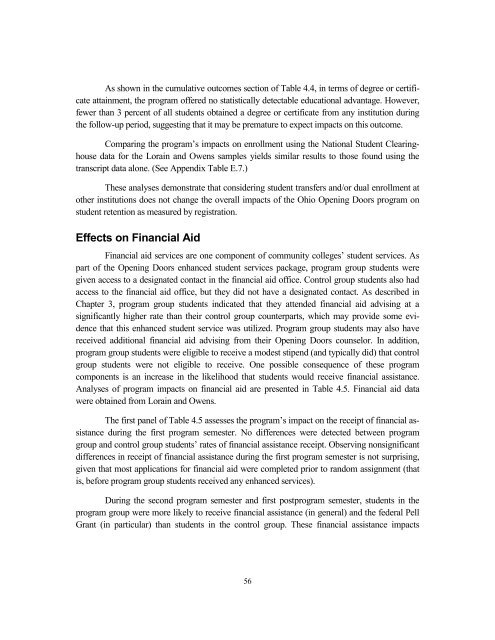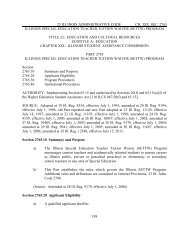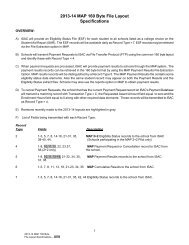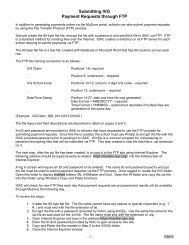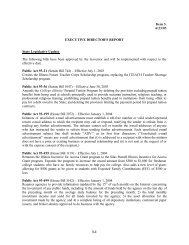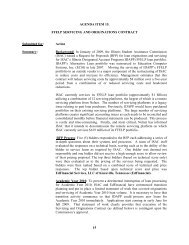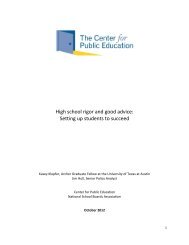MORE GUIDANCE, BETTER RESULTS?
MORE GUIDANCE, BETTER RESULTS?
MORE GUIDANCE, BETTER RESULTS?
You also want an ePaper? Increase the reach of your titles
YUMPU automatically turns print PDFs into web optimized ePapers that Google loves.
As shown in the cumulative outcomes section of Table 4.4, in terms of degree or certificateattainment, the program offered no statistically detectable educational advantage. However,fewer than 3 percent of all students obtained a degree or certificate from any institution duringthe follow-up period, suggesting that it may be premature to expect impacts on this outcome.Comparing the program’s impacts on enrollment using the National Student Clearinghousedata for the Lorain and Owens samples yields similar results to those found using thetranscript data alone. (See Appendix Table E.7.)These analyses demonstrate that considering student transfers and/or dual enrollment atother institutions does not change the overall impacts of the Ohio Opening Doors program onstudent retention as measured by registration.Effects on Financial AidFinancial aid services are one component of community colleges’ student services. Aspart of the Opening Doors enhanced student services package, program group students weregiven access to a designated contact in the financial aid office. Control group students also hadaccess to the financial aid office, but they did not have a designated contact. As described inChapter 3, program group students indicated that they attended financial aid advising at asignificantly higher rate than their control group counterparts, which may provide some evidencethat this enhanced student service was utilized. Program group students may also havereceived additional financial aid advising from their Opening Doors counselor. In addition,program group students were eligible to receive a modest stipend (and typically did) that controlgroup students were not eligible to receive. One possible consequence of these programcomponents is an increase in the likelihood that students would receive financial assistance.Analyses of program impacts on financial aid are presented in Table 4.5. Financial aid datawere obtained from Lorain and Owens.The first panel of Table 4.5 assesses the program’s impact on the receipt of financial assistanceduring the first program semester. No differences were detected between programgroup and control group students’ rates of financial assistance receipt. Observing nonsignificantdifferences in receipt of financial assistance during the first program semester is not surprising,given that most applications for financial aid were completed prior to random assignment (thatis, before program group students received any enhanced services).During the second program semester and first postprogram semester, students in theprogram group were more likely to receive financial assistance (in general) and the federal PellGrant (in particular) than students in the control group. These financial assistance impacts56


